50 years of the Marshall stack: the birth of the 100-watt stack
How the iconic amp stack came to dominate
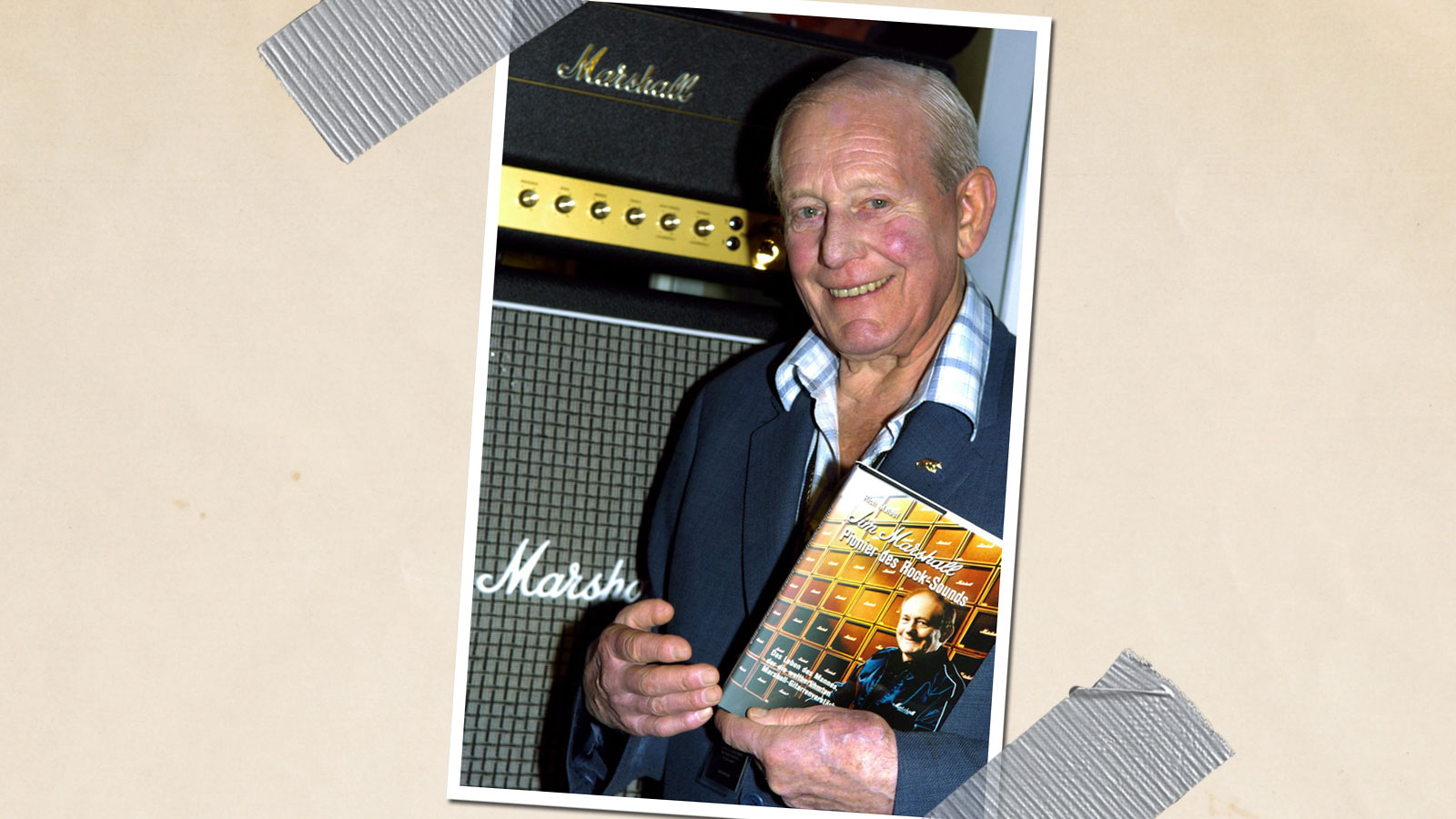
Introduction
We talk to Marshall’s head of heritage and archive, Phil Wells, about the background to the birth and the early days of the iconic 100-watt stack…
In search of the story of how the stack came to rule the world, there’s no better person to ask than Phil Wells
Time-travel back to the early 1960s and the choice of amplifier for the up and coming rock ’n’ roll guitarist was not in any way as extensive as it is today.
Recognising that an expensive import was practically the only choice for a player looking to emulate the gain-laden sounds on LPs from the USA, Jim Marshall set up his own manufacturing business.
The rest, as they say, is history. And if you want to go poking around the company’s archives in search of the story of how the stack came to rule the world, there’s no better person to ask than Phil Wells, head of Marshall’s heritage and archive…
Don't Miss
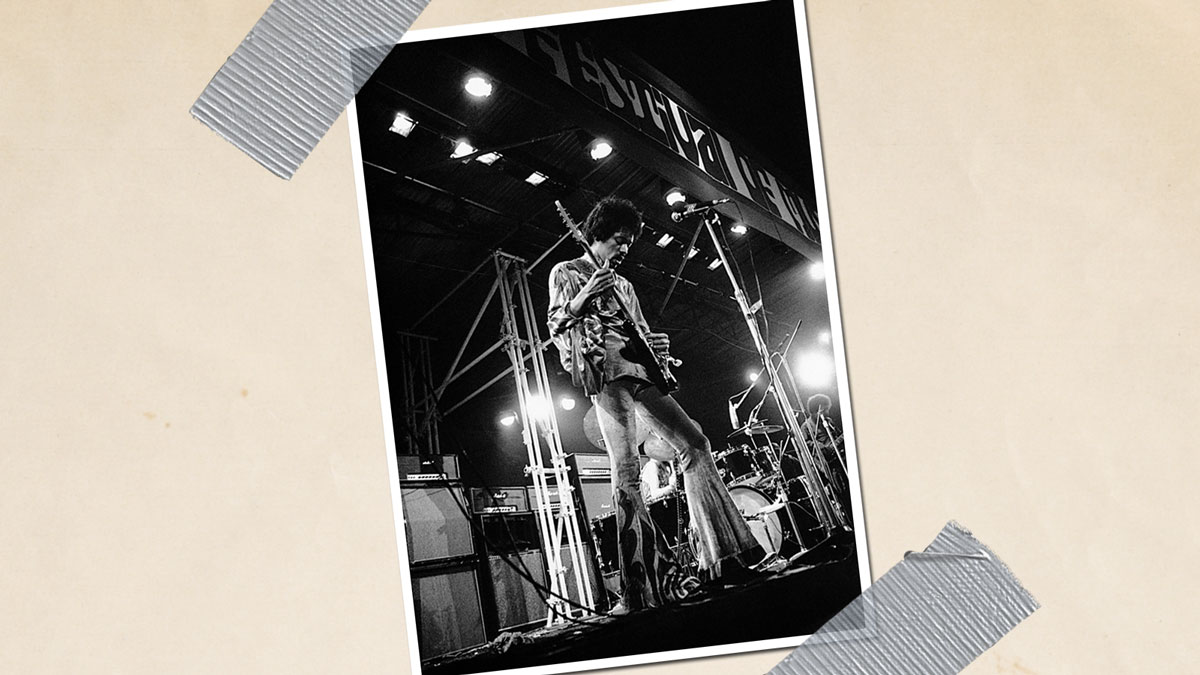
The amps
What were the first moves towards making the 100-watt head?
Phil Wells: “When Jim started in 1962 he was producing one amplifier, which we now know as the JTM45. When you went in to see him you told him what you wanted it for - lead, organ or PA - and we’d make it accordingly.
Pete Townshend and Hendrix turned around and said that the JTM45 was okay, but there just wasn’t enough of it!
“It wasn’t until probably ’66 or ’67 that Pete Townshend and Hendrix turned around and said that the JTM45 was okay, but there just wasn’t enough of it! They wanted more power and so we came up with the idea of basically strapping two JTM45s together, which is effectively what the first 100-watt was.
“One mains transformer but two JTM45 output transformers, so it actually didn’t give you 100 watts; on a good day, you’d get 80 to 85 watts out of it. But, saying that, it was more than twice the volume of a JTM45 and so that was great, because it was what people wanted.
“The first prototypes were around late ’66 or early ’67 - that’s as close as we can get - it’s very difficult to date that sort of thing - but it was around that time.
“That ran for probably about a year because, at the time, we couldn’t get hold of the right output transformers - there just wasn’t stock. So Jim found a company who could make the transformers for us, and in 1968 we started making a true 100-watt amplifier, which used a 100-watt mains transformer, a 100-watt output transformer and four EL34s giving you 100 watts RMS.”
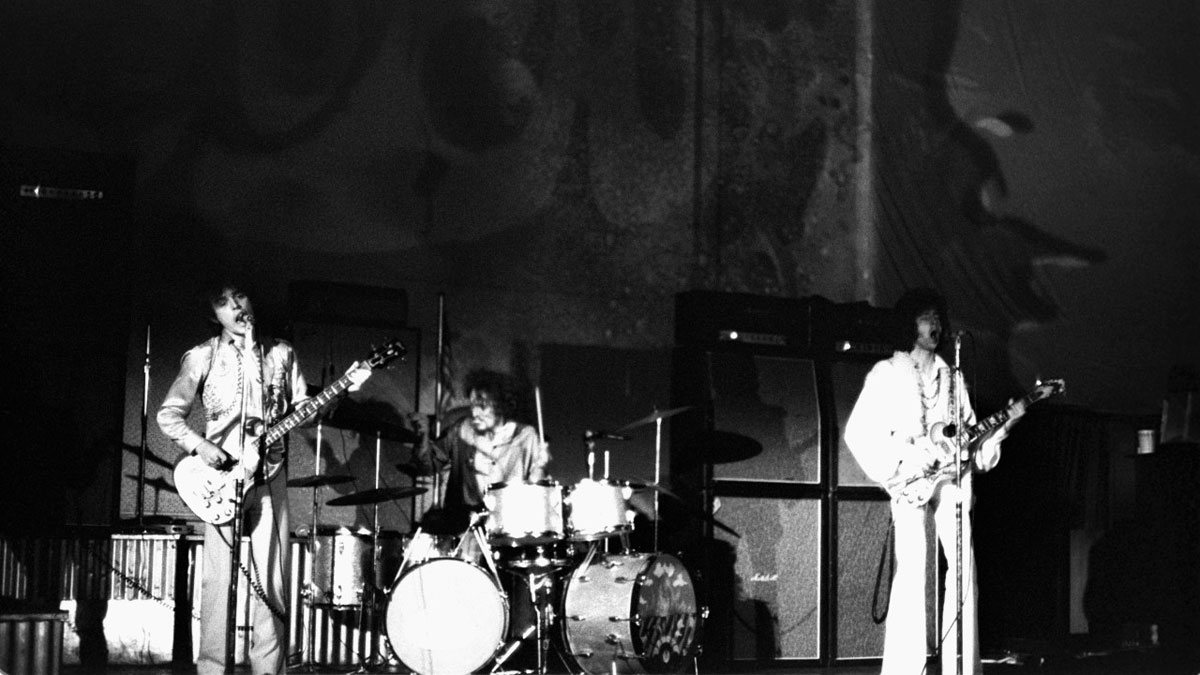
The prototypes
The supply of valves back then could be pretty hit and miss, couldn’t it?
PW: “Originally, the first amplifiers we made had KT66s or KT88s in. It wasn’t until the advent of the 100-watt head that we went over to using EL34s exclusively.
I’ve been reliably informed by Jim that Townshend and Hendrix used them as prototypes
“The KT66 was used in the first 100-watt, but it didn’t really cut it as far as the sound was concerned and so it was one of the things that was changed.
“Plus, it became easier to get EL34s; at first it was easy to get hold of KT66s and harder to get good quality EL34s, so we just didn’t use them initially.”
Who was it that road-tested those first prototype models?
PW: “Unfortunately, that information has been lost over the years. But certainly people like Pete Townshend, Hendrix and probably Clapton had them.
“I’ve been reliably informed by Jim that Townshend and Hendrix used them as prototypes and, from what Jim told me, Pete Townshend loved them because they gave him that extra bit of grunt and they were very quickly taken up by most people who were playing heavy rock at that time.”
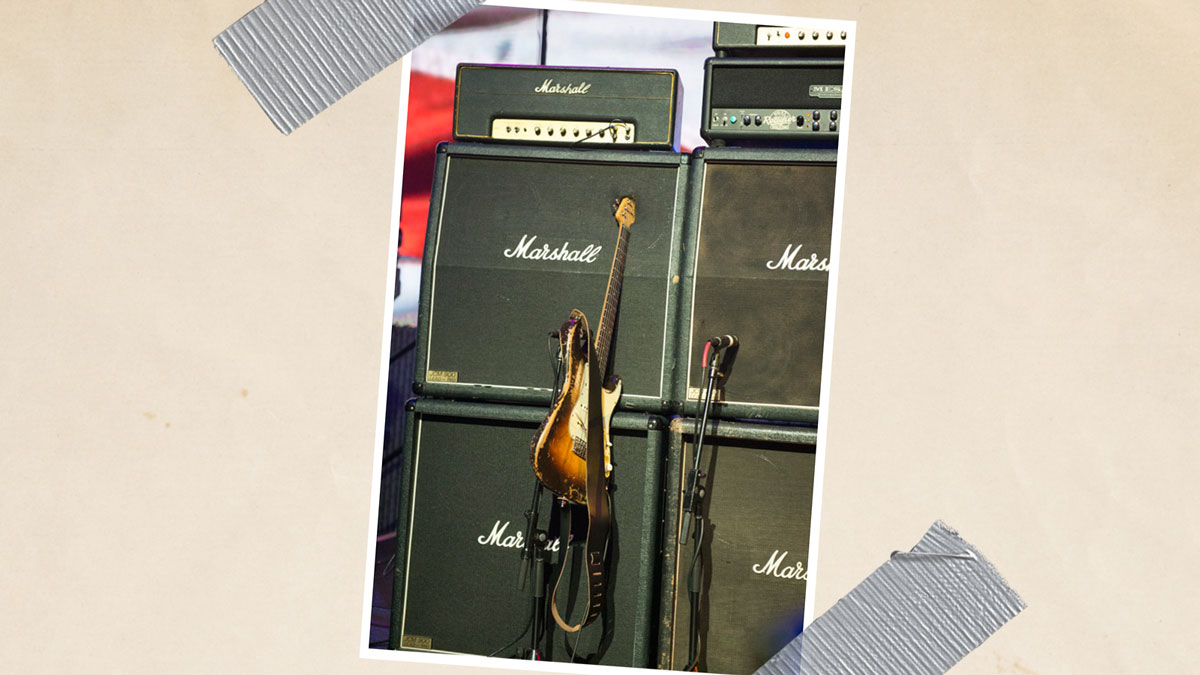
The 4x12 cabinets
Nothing says ‘rock’ louder than a backline of Marshall 4x12 speaker cabinets. But even here, there were a few changes before the final design was settled upon…
PW: “Initially, the first cabinets we made were column speakers - still 4x12s, but the speakers were stacked on top of one another as opposed to side by side and they lasted for the first year or so.
The first cabinets we made were column speakers - still 4x12s, but the speakers were stacked on top of one another
“The first official 4x12s were different to what we make now, too. Instead of being in a square, the speakers were offset in that the two at the top were slightly to the left and the cabinet was wider, but lower.
“It was just the way we made them. There was never any technical reason for the 4x12 as such. Jim came up with the basic idea and the cabinet that we now associate with the 4x12 was conceived around the end of ’64.
“Initially, it came with 15-watt speakers, so it was literally just a 60-watt cabinet, running a JTM45. It was designed for either lead or bass, so it wasn’t what you would class now as being just a ‘lead’ cabinet, it was designed to run just about anything.
“In ’65 we just uprated the speakers because we were getting slightly more output from the amps as we were prototyping an amplifier without a GZ34 rectifier valve.
“So instead of getting a 30-watt output, you were getting closer to 45 watts. It wasn’t until the advent of the 100-watt head, which was around ’67 or ’68, that the 4x12s jumped from 75 watts to 100 watts almost immediately.”

A unique angle
What about the legendary 8x12 cabinet - was this ever a reality?
PW: “The reason why people like The Who wanted an 8x12 was because a 100-watt head couldn’t be used with one cabinet. So that’s when, as legend would have it, we made the 8x12, which I think never went into production as such. To my knowledge, only around eight or 10 were ever manufactured.
People ask if the slanted cabinet was done to increase the spread of the sound, but initially, Jim did it because it looked nice
“People quickly realised that you couldn’t carry them; the average person is around five foot eight to six foot and so the handle had to be low to accommodate being picked up, otherwise your arm would be permanently bent and you wouldn’t have any strength in it.
“By having it too low, the actual handle worked out as being roughly in line with the second row of speakers, so there were two rows of speakers above you. So it would either tip backwards or tip forwards - and that’s why the stack was born.”
What about the angled top cabinet - where did that idea come from?
PW: “Jim came up with the idea of a full stack with the top cabinet angled, whereas the first 4x12 cabinets that we made were what we would class as ‘B’ cabinets - straight fronted because they were easy to make.
“People ask if the slanted cabinet was done to increase the spread of the sound, but initially, Jim did it because it looked nice - and I got that straight from him. I was talking to him about it and the angled cabinet on the 4x12 was done so that when you put the head on top, it didn’t just look like it was stuck on top; the angle made it look like the head was part of it.
“As it happened, when you played through it, because the top was angled back, the sound was pushed over the top of the audience and gave a bigger spread. Purely coincidental.”
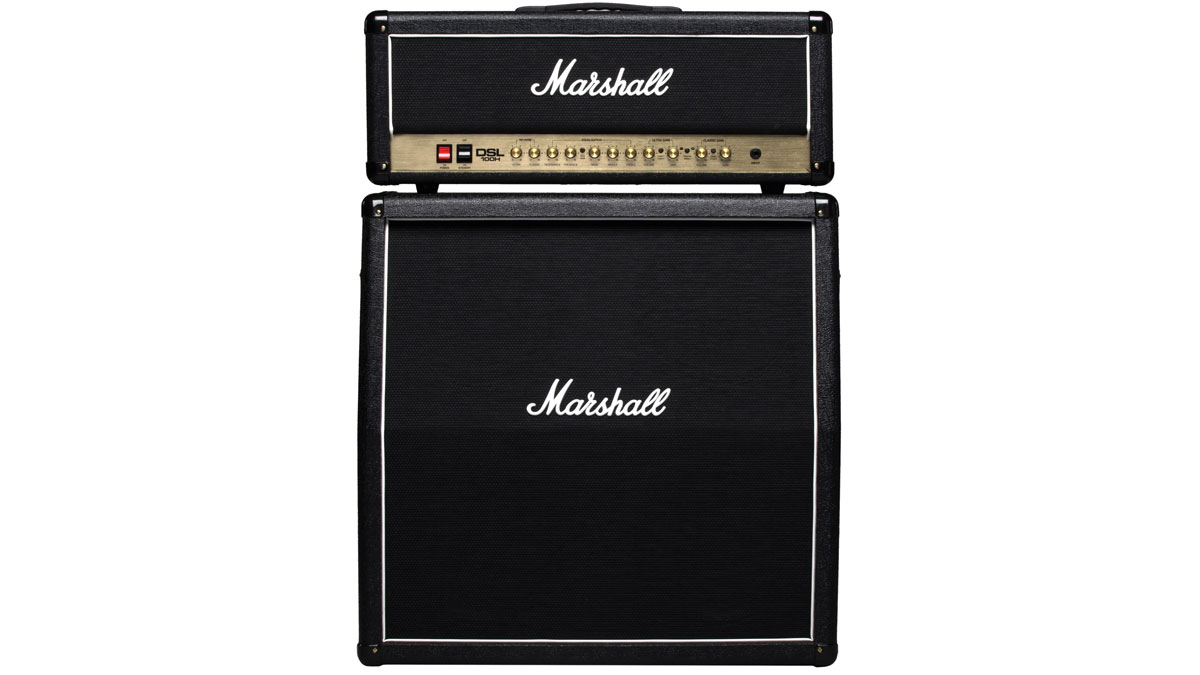
Cabinet curios
So you needed two cabs to run a 100-watt amp, initially?
PW: “That was the reason we made an ‘A’ and a ‘B’ cabinet, because basically we brought out the 100-watt head and you needed a full stack; you couldn’t use one cabinet at the time, you had to use two.
In ’79 because we were making more powerful amplifiers and people wanted a half stack as opposed to a full stack
“From 1965 until 1970 they were classed as 75-watt cabinets - the speakers were actually 20 watts each, but for some reason we called it a 75-watt cabinet. In 1970, it went up to 100 watts because that’s when we started to use the 25-watt Greenback that everyone still associates with the amplifier.
“That lasted until ’79 because we were making more powerful amplifiers by then - 200-watt heads - and people wanted a half stack as opposed to a full stack, so we brought out a 250-watt cabinet.”
So when did it become possible to run a half stack?
PW: “When we started doing the 100-watt heads, there was the standard 1960 75 watts, but then we brought out the 1982, which looked exactly the same, although it was actually 100 watts. Physically, to look at they were identical, but they just had more powerful speakers fitted.
“In the late 60s, when the 100-watt head started to sell, we were producing the 1960 and the 1982, so if you went to a dealer and you wanted a 100-watt head but you only wanted one cabinet, you bought the 1982, because that was capable of running a 100-watt head.
“If you wanted a half stack with a 50-watt head you bought a 1960, and if you wanted two cabs with a 100-watt [head] you could buy a 1960 full stack.”
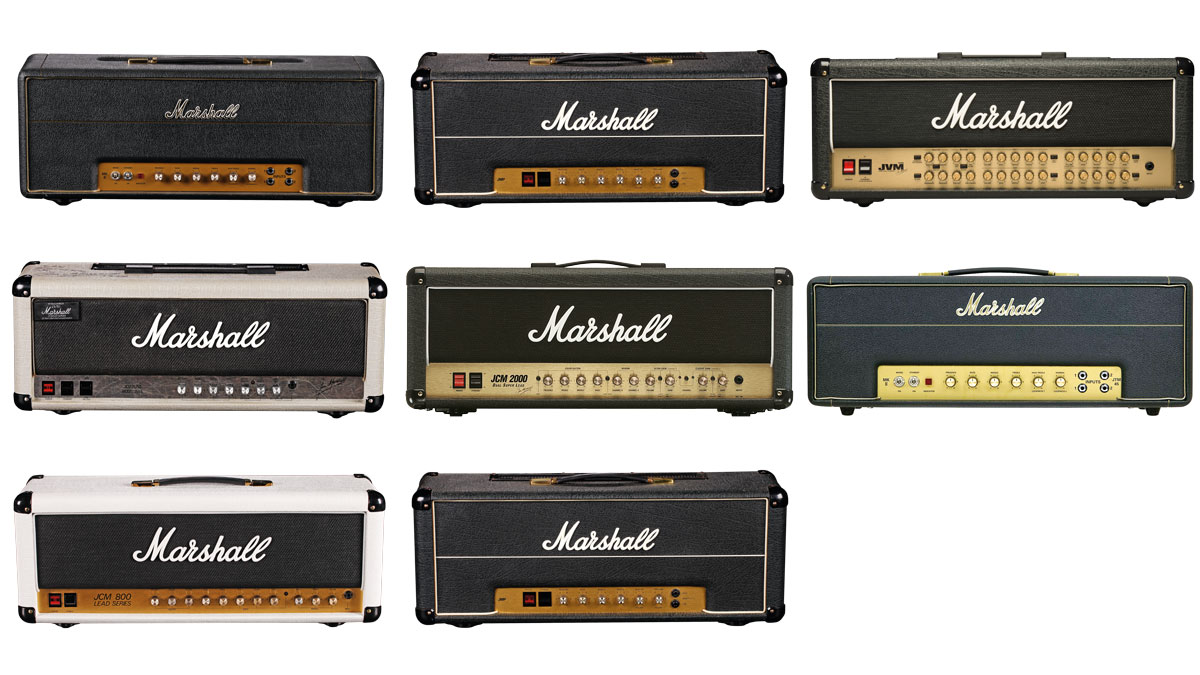
Too big to fail
Was the 100-watt stack an instant hit with musicians of the time?
PW: “It was popular with people like Townshend and Hendrix, but it wasn’t immediately taken up by your average man in the street because it was too big.
The problem with the 4x12 was that it wouldn’t have gone in the average car very easily
“Up until the early 70s, the column speakers were still popular and when the 4x12s first came out, the column speakers were selling more, especially the 2x12 version, because they were easy to cart about.
“Back in the 60s, unless you had something like an old Bedford van or a Transit or whatever, the problem with the 4x12 was that it wouldn’t have gone in the average car very easily, whereas you could stick two column speakers on the back seat and go off to the gig.
“So the stack didn’t exactly burst on to the scene unless you were in a major rock band and had the roadies and transport to take them. Other people were a bit wary, but it soon fell into place.”

